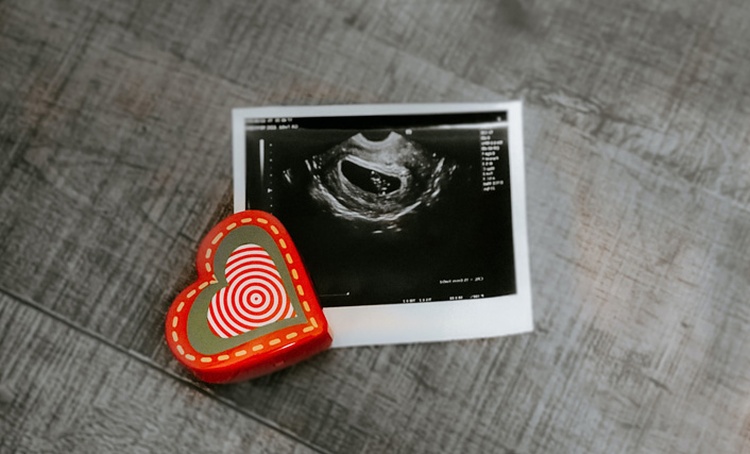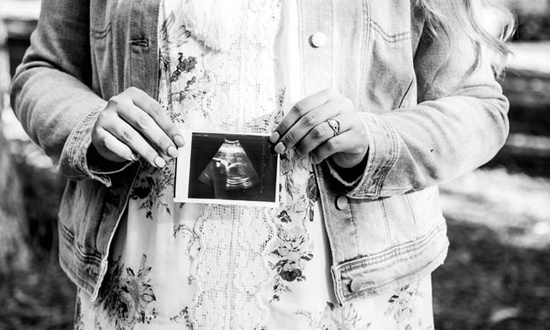Question from a reader:
I am wondering if your pro-life book Pro-Choice or Pro-Life? contains the following question to be gently posed to all: “If it’s not alive, why do you have to kill it?”
Answer from Stephanie Anderson, EPM staff:
Thanks for sharing your thought-provoking question. I think there could definitely be value in asking that question in conversations. Sadly, as Randy notes in the book, the pro-choice movement now sometimes (or even often) acknowledges that the unborn are living and growing. But the idea is that unborn children aren’t people, and that a woman’s rights are all that matter and her unborn child has none. Randy says this in Pro-Choice or Pro-Life? under Pro-Choice Claim #2, “Well, the fetus may be human, but it isn’t a person”:
…pro-choice advocates have made a long series of subjective and artificial distinctions based upon a wide variety of criteria to differentiate between humans and persons. They’ve been forced to do this because the scientific fact that life begins at conception paints the pro-choice movement into a corner. The development of advanced ultrasound and modern embryology has made it very difficult for pro-choice advocates to deny that the fetus is human without looking anti-scientific. Therefore, the newer strategy is to say, “OK, this is human life, but it isn’t really a person.”
But changing the meaning of words doesn’t change reality. The modern concept of “personhood,” redefined specifically to justify abortion, is hopelessly subjective and virtually worthless as an ethical guide. The only objective questions we can ask are these:
• “Is it human; that is, did it come from human beings?”
• “Is it a genetically unique individual?”
• “Is it alive and growing?”
If the answers are yes, then the “it” is in fact a “he” or “she,” a living person, possessing rights, and deserving legal protection.
Photo by Viviana Rishe on Unsplash



